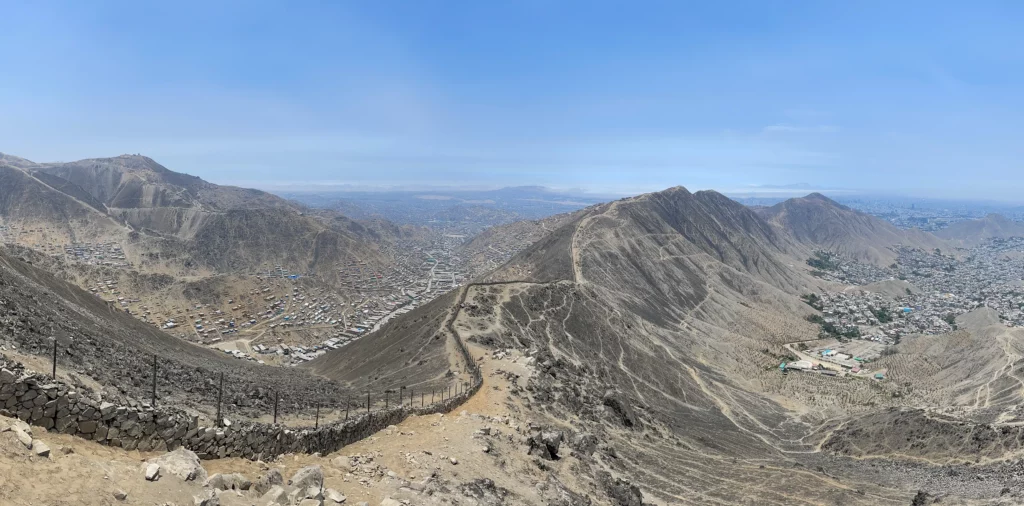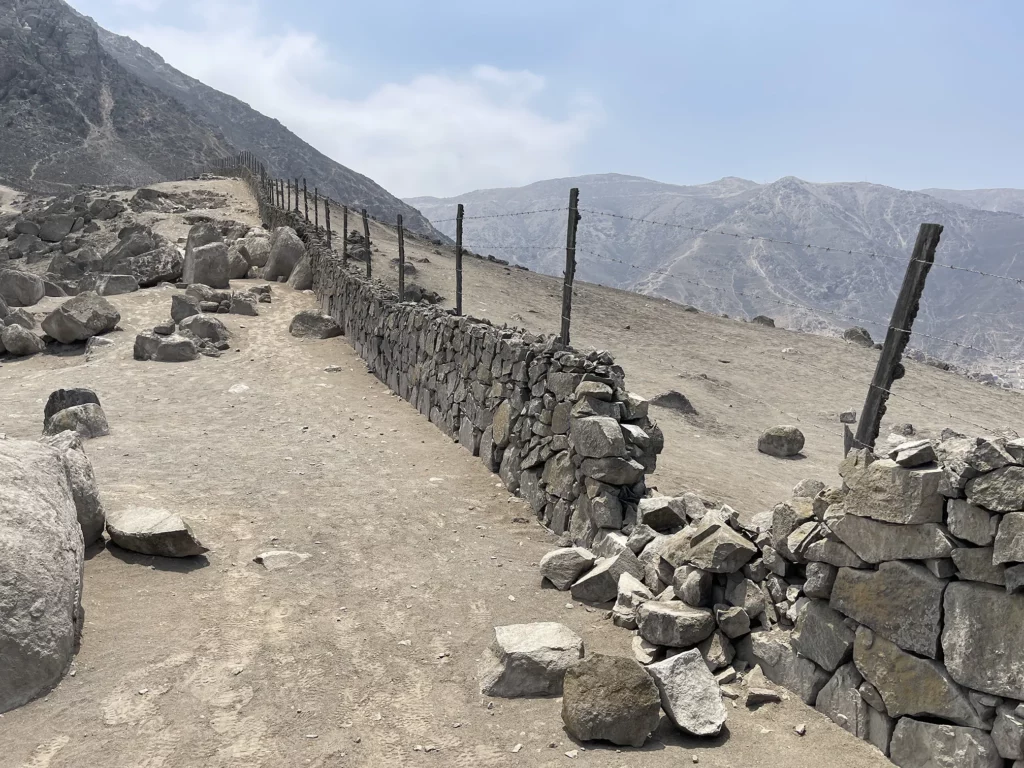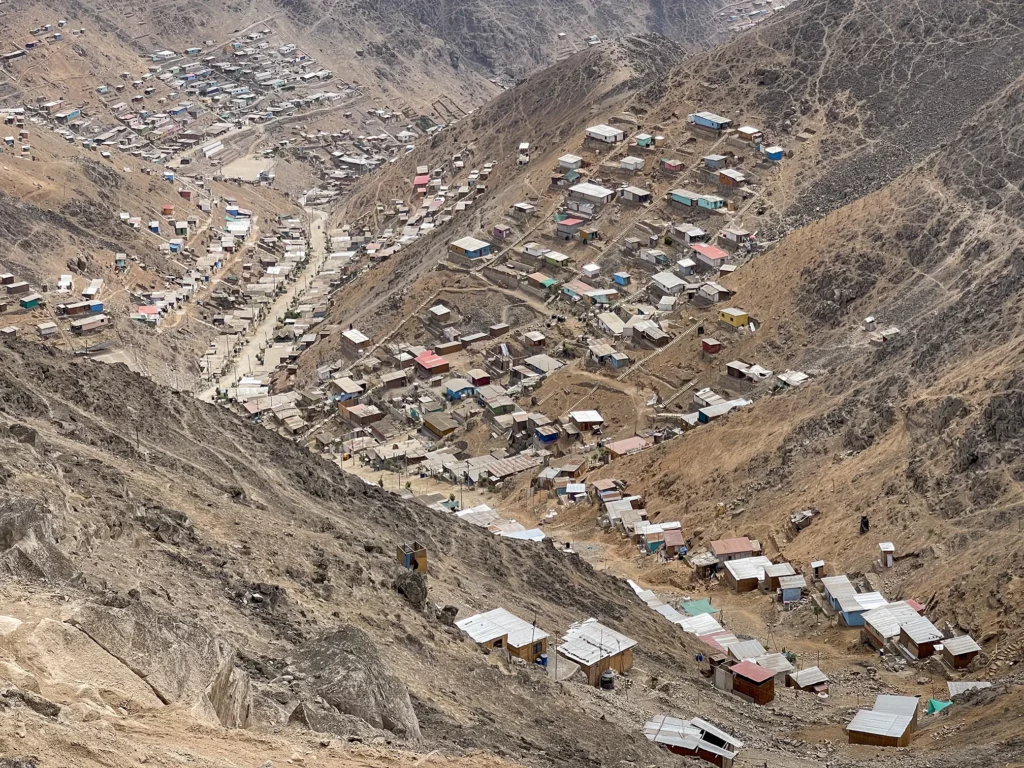
A 10-km-long wall marks the dividing line between the rich and poor in Lima, Peru. Dubbed “el muro de la vergüenza” (the wall of shame), it’s all that separates some of Lima’s most affluent neighborhoods from the shanties that riddle the other side.
Sensationalized news story headlines would have you believe that the wall is a manifestation of class separation and that it’s discriminatory in nature. Unsurprisingly, the story on the ground is less provocative, but the wall of shame is nonetheless interesting.
While walking the perimeter, it’s easy to see that anyone with an ounce of determination could scale the wall or find a spot to get through. There are no guards to make sure you stay on your side, so crossing over is trivial.

The wealthy districts aren’t trying to keep people out, but rather deter shanties from sprouting up too close to upscale neighborhoods. The first stretch of the wall was erected in the ’80s to stop “invaders” from encroaching, and approximately 40 years later it’s still fulfilling its original purpose.
These shanty towns (or pueblos jóvenes) are rife with crime, and the wall does minimize the chances of it spilling over into the nicer areas, but this is more like a positive side effect. The real motive for the wall is to protect the land from being seized.
“Land trafficking” is the term used to describe the illegal appropriation of land, dividing it into subplots, and selling the property to prospective builders. Citizens that can’t afford a traditional home will buy a plot in this new territory, and before you know it, an impromptu village is erected.

After settling on the land, residents may slowly improve their living conditions, and the area can eventually become a full-fledged village that’s recognized by the government and eligible to receive public services. Ironically, this is how many new settlements are established in Latin America: illegally, at first, then slowly absorbed as part of the city after some time.
A glaring problem with this approach is that the terrain in many of these places is not suitable for building upon and has been deemed inhospitable. Peru is highly susceptible to earthquakes, and it would only take a single high-magnitude earthquake to spark a shanty-town avalanche in the dirt hills. The writing’s already on the wall for these young homes.